Ramen Ghosh
Interpretable machine-learning for predicting molecular weight of PLA based on artificial bee colony optimization algorithm and adaptive neurofuzzy inference system
Jan 13, 2025Abstract:This article discusses the integration of the Artificial Bee Colony (ABC) algorithm with two supervised learning methods, namely Artificial Neural Networks (ANNs) and Adaptive Network-based Fuzzy Inference System (ANFIS), for feature selection from Near-Infrared (NIR) spectra for predicting the molecular weight of medical-grade Polylactic Acid (PLA). During extrusion processing of PLA, in-line NIR spectra were captured along with extrusion process and machine setting data. With a dataset comprising 63 observations and 512 input features, appropriate machine learning tools are essential for interpreting data and selecting features to improve prediction accuracy. Initially, the ABC optimization algorithm is coupled with ANN/ANFIS to forecast PLA molecular weight. The objective functions of the ABC algorithm are to minimize the root mean square error (RMSE) between experimental and predicted PLA molecular weights while also minimizing the number of input features. Results indicate that employing ABC-ANFIS yields the lowest RMSE of 282 Da and identifies four significant parameters (NIR wavenumbers 6158 cm-1, 6310 cm-1, 6349 cm-1, and melt temperature) for prediction. These findings demonstrate the effectiveness of using the ABC algorithm with ANFIS for selecting a minimal set of features to predict PLA molecular weight with high accuracy during processing
Closed-Loop View of the Regulation of AI: Equal Impact across Repeated Interactions
Sep 03, 2022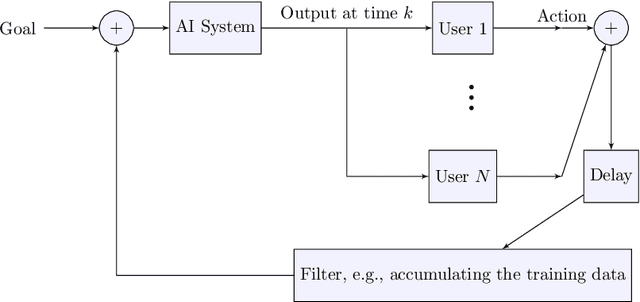

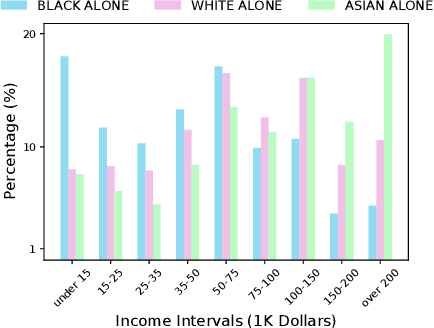

Abstract:There has been much recent interest in the regulation of AI. We argue for a view based on civil-rights legislation, built on the notions of equal treatment and equal impact. In a closed-loop view of the AI system and its users, the equal treatment concerns one pass through the loop. Equal impact, in our view, concerns the long-run average behaviour across repeated interactions. In order to establish the existence of the average and its properties, one needs to study the ergodic properties of the closed-loop and its unique stationary measure.
Predictability and Fairness in Load Aggregation and Operations of Virtual Power Plants
Oct 06, 2021



Abstract:In power systems, one wishes to regulate the aggregate demand of an ensemble of distributed energy resources (DERs), such as controllable loads and battery energy storage systems. We suggest a notion of predictability and fairness, which suggests that the long-term averages of prices or incentives offered should be independent of the initial states of the operators of the DER, the aggregator, and the power grid. We show that this notion cannot be guaranteed with many traditional controllers used by the load aggregator, including the usual proportional-integral (PI) controller. We show that even considering the non-linearity of the alternating-current model, this notion of predictability and fairness can be guaranteed for incrementally input-to-state stable (iISS) controllers, under mild assumptions.
Predictability and Fairness in Social Sensing
Jul 31, 2020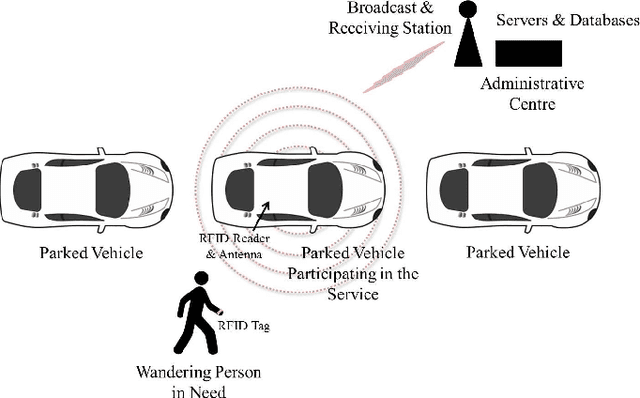
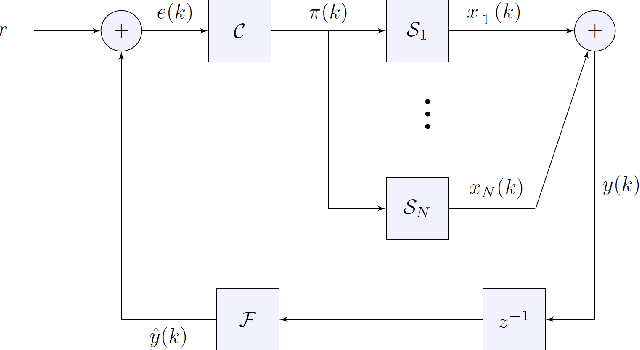

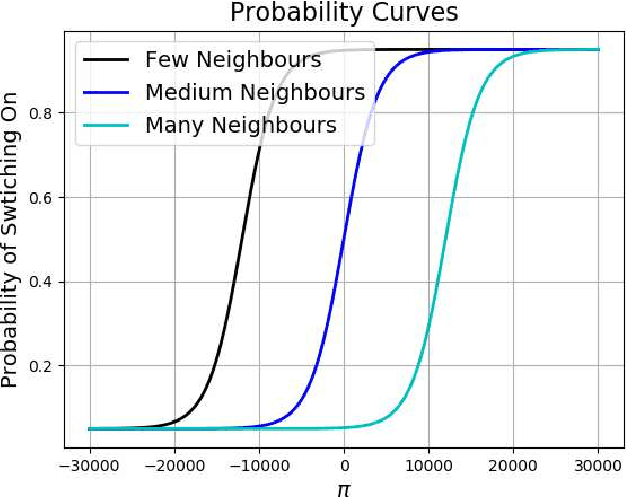
Abstract:In many applications, one may benefit from the collaborative collection of data for sensing a physical phenomenon, which is known as social sensing. We show how to make social sensing (1) predictable, in the sense of guaranteeing that the number of queries per participant will be independent of the initial state, in expectation, even when the population of participants varies over time, and (2) fair, in the sense of guaranteeing that the number of queries per participant will be equalised among the participants, in expectation, even when the population of participants varies over time. In a use case, we consider a large, high-density network of participating parked vehicles. When awoken by an administrative centre, this network proceeds to search for moving, missing entities of interest using RFID-based techniques. We regulate the number and geographical distribution of the parked vehicles that are "Switched On" and thus actively searching for the moving entity of interest. In doing so, we seek to conserve vehicular energy consumption while, at the same time, maintaining good geographical coverage of the city such that the moving entity of interest is likely to be located within an acceptable time frame. Which vehicle participants are "Switched On" at any point in time is determined periodically through the use of stochastic techniques. This is illustrated on the example of a missing Alzheimer's patient in Melbourne, Australia.
 Add to Chrome
Add to Chrome Add to Firefox
Add to Firefox Add to Edge
Add to Edge